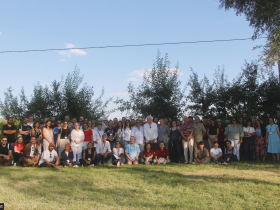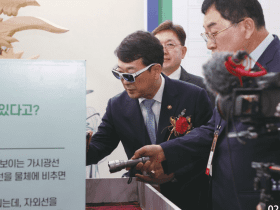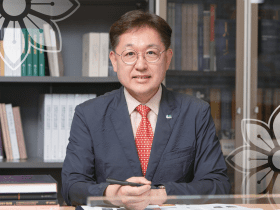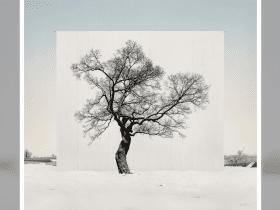KIM Yeonsoo, Director General of the National Research Institute of Cultural Heritage
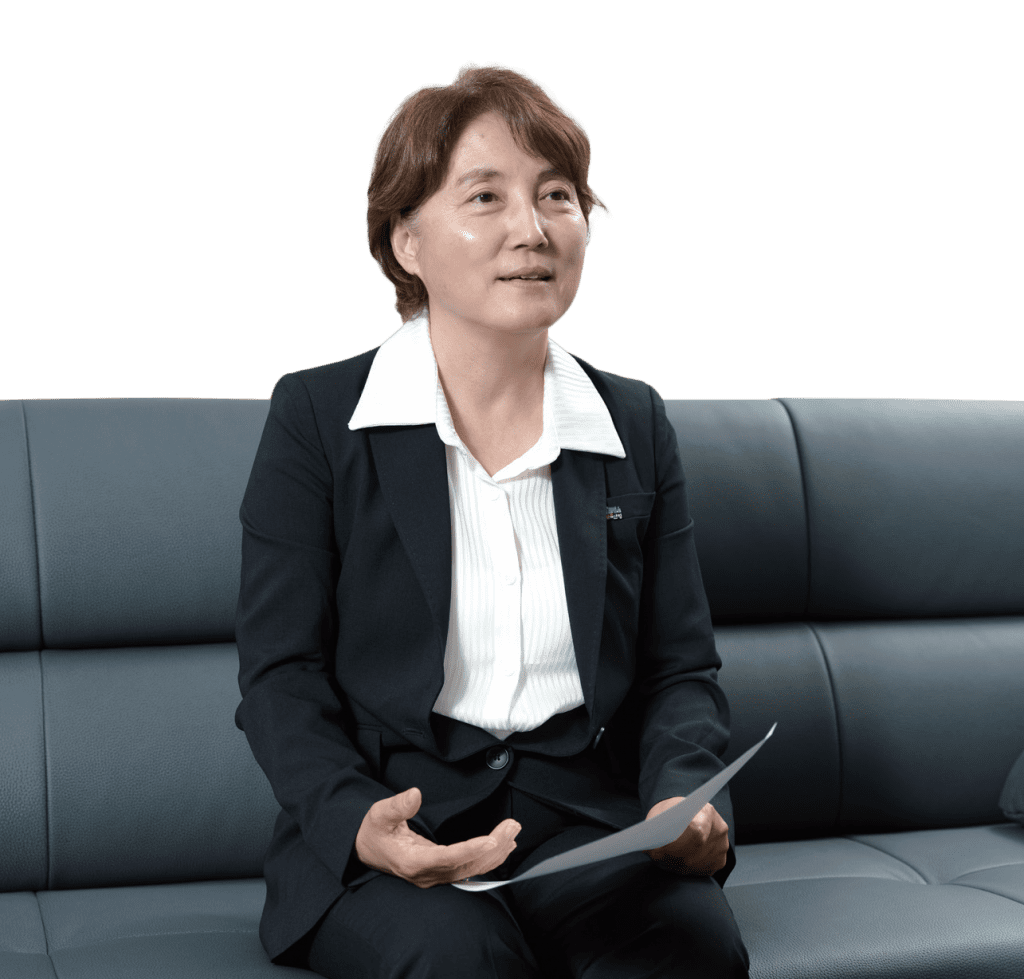

Kim Yeonsoo, who assumed the role of Director General at the National Research Institute of Cultural Heritage (NRICH) in July 2022, is at the helm of a significant transformation. In May 2024, she became the first Director General of the institute under its new Korean name, marking the beginning of a new chapter for the NRICH. Despite her impending retirement in July, Kim’s passion for cultural heritage and dedication to the institute are palpable in her meticulous attention to every aspect of NRICH’s operations.
Q. You assumed the role of Director General of the NRICH in 2022, and this year you became the inaugural holder of this position under the institute’s new Korean name.
This is a deeply meaningful transformation. Just as a person adapts to a new name and hopes for good things to arise from the change, so does a research institute. Transitioning from “cultural property” to “Korea Heritage” and “cultural heritage” will require some adjustments. However, as a research institute, we plan to do our utmost to convey the profound significance of heritage.
Q. What changes do you anticipate with the shift in terminology from cultural property to Korea Heritage?
First of all, the term “cultural property” suggested a sense of commodification. The transition to “Korea Heritage” allows us to explore more deeply the intrinsic value and significance of our Korea Heritage.
Q. The efforts to converge cutting-edge technology with cultural heritage conservation were highlighted by the successful restoration of graffiti damage at Gyeongbokgung Palace last year.
The convergence of cultural heritage and technology has become a necessity. The advanced technology we use in research helps us discover aspects invisible to the naked eye or absent from historical documents. In archaeology, we can determine what types of structures lie beneath the ground before excavation; in art, we’ve been able to read worn-out steles with new equipment; and in places like the Hwangnyongsa Temple Site and Mireuksa Temple Site, where only ruins remain, we have employed virtual reality to reconstruct the original architecture digitally.
Q. As you are about to step down, what are your reflections on the past two years?
During my two years as Director General, one of the things I emphasized was the “systematic management of research outcomes.” As a digital powerhouse, I believed it would be more useful for Korea to digitize its research achievements and manage them accordingly. I have been working with the Digital Heritage Team to implement this. The project is still in its early stages, but I am pleased that we have been able to lay the groundwork for the future, though I wish we could have achieved more.
Q. Any final thoughts for the NRICH readers?
Previously, the NRICH published two separate webzines: Cultural Heritage Window in Korean and NRICH in English. Recognizing the increasingly interconnected nature of our world and the growing international interest in Korea’s cultural heritage, we have decided to unify these publications under a single title: NRICH. This consolidation reflects our commitment to addressing a global audience and sharing our cultural heritage internationally. We anticipate that this change will expand NRICH’s reach and impact worldwide.




